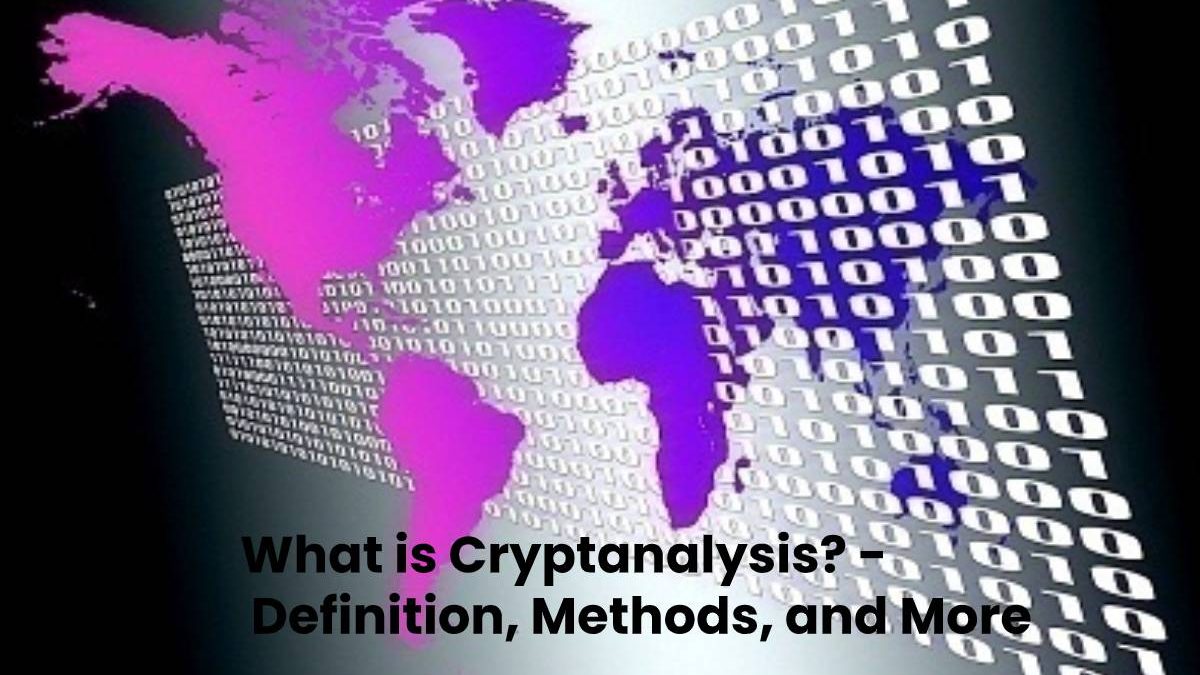Table of Contents
Cryptanalysis Definition
The Cryptanalysis refers to in the original sense the study of methods and techniques to win information from encrypted texts.
Nowadays, the term Cryptanalysis more generally refers to the analysis of cryptographic methods with the aim of either “ breaking ” them.
It cancels or circumvent their protective function, or demonstrate and quantify their security.
Cryptanalysis is therefore the “counterpart” to cryptography . Both are sub-areas of cryptology.
What is the web analysis of Cryptanalysis?
- Analogous to Cryptanalysis, which focuses on cryptography, It understands the web analysis as the “counterpart” to steganography.
- In contrast to Cryptanalysis, where cryptographic content is available and should be analyzed or broken, the web analysis will initially work.
- Only when this assumption substantiates the attempt made to extract the actual information.
- The security of steganography bases on the fact that third parties do not notice its use.
- Even if they know about it, third parties should not be able to read the actual content in plain text.
What are the Goals of Cryptanalysis?
The possible goals depend on the type of cryptographic process. For all cryptographic methods that use a secret key, the determination of the secret key is a far-reaching goal of an attack.
The following attack targets are still relevant for encryption methods:
- Decryption, d. H. the determination of the plain text.
- For a ciphertext and two potential plaintext texts, the attacker has to determine which is the correct plaintext.
- If this is not possible efficiently (i.e., in polynomial time ), this property refers to as
semantic security or ciphertext distinguishability. - Semantic security considered for both asymmetrical and symmetrical cryptographic processes.
- The attacker tries to generate a valid ciphertext without knowing the corresponding plaintext.
What are the methods of [Cryptanalysis]?
- An essential approach of Cryptanalysis is to include all available information about the examined method and its parameters and the protected data.
- This information can be public, originate from plausible assumptions, or can learn specifically.
- The type of information available is divided into different attack scenarios and qualifies the relevance of the attack or the comment on security.
- Before mechanical devices such as the Enigma or computers enabled cryptography to scramble messages into pseudo-random sequences.
- As long as a person converts the texts by hand, the algorithm use must remain simple enough to implement the message without errors.

